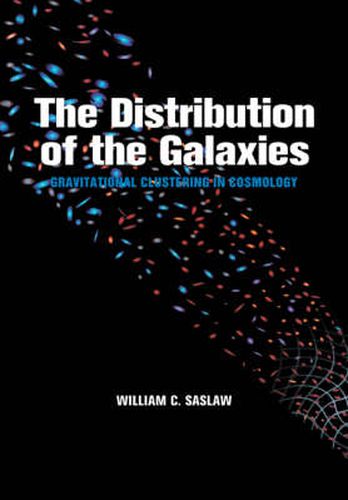Readings Newsletter
Become a Readings Member to make your shopping experience even easier.
Sign in or sign up for free!
You’re not far away from qualifying for FREE standard shipping within Australia
You’ve qualified for FREE standard shipping within Australia
The cart is loading…






This topical volume examines one of the leading problems in astronomy - how galaxies cluster in our Universe. This book, first published in 2000, describes gravitational theory, computer simulations and observations related to galaxy distribution functions. It embeds distribution functions in a broader astronomical context, including other exciting contemporary topics such as correlation functions, fractals, bound clusters, topology, percolation and minimal spanning trees. Key results are derived and the necessary gravitational physics provided to ensure the book is self-contained. Throughout the book, theory, computer simulation and observation are carefully interwoven and critically compared. The book also shows how future observations can test the theoretical models for the evolution of galaxy clustering at early times in our Universe. This clear and authoritative volume is written at a level suitable for graduate students, and will be of key interest to astronomers, cosmologists, physicists and applied statisticians.
$9.00 standard shipping within Australia
FREE standard shipping within Australia for orders over $100.00
Express & International shipping calculated at checkout
This topical volume examines one of the leading problems in astronomy - how galaxies cluster in our Universe. This book, first published in 2000, describes gravitational theory, computer simulations and observations related to galaxy distribution functions. It embeds distribution functions in a broader astronomical context, including other exciting contemporary topics such as correlation functions, fractals, bound clusters, topology, percolation and minimal spanning trees. Key results are derived and the necessary gravitational physics provided to ensure the book is self-contained. Throughout the book, theory, computer simulation and observation are carefully interwoven and critically compared. The book also shows how future observations can test the theoretical models for the evolution of galaxy clustering at early times in our Universe. This clear and authoritative volume is written at a level suitable for graduate students, and will be of key interest to astronomers, cosmologists, physicists and applied statisticians.